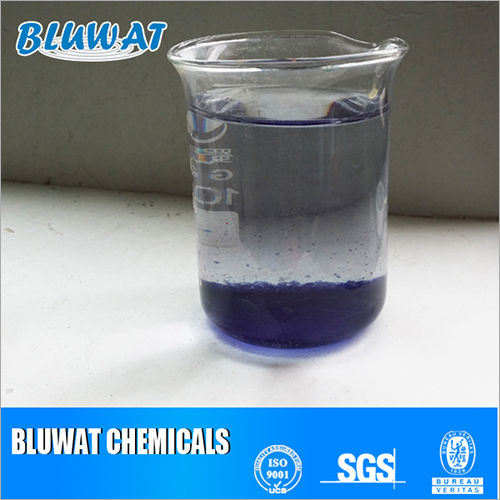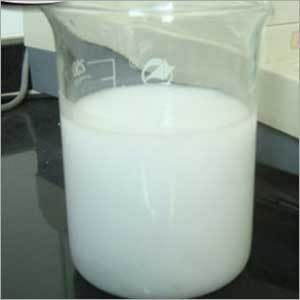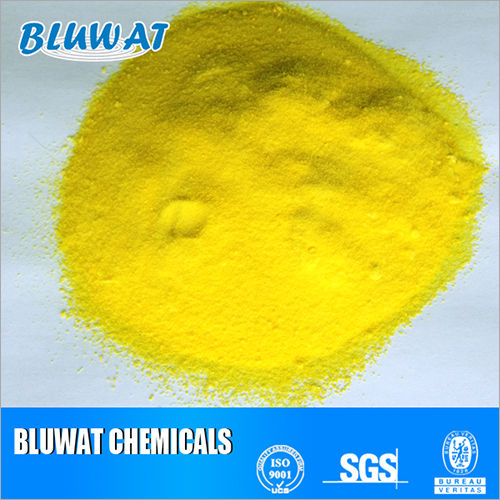Polymer Polyacrylamide
Product Details:
Polymer Polyacrylamide Price And Quantity
- 600.00 - 1800.00 INR/Ton
- 1 Ton
Polymer Polyacrylamide Trade Information
- 30000 Ton Per Year
- 7-15 Days
Product Description
Polymer Polyacrylamide
Ranking among the topmost names, we are able to offer pristine grade Polymer Polyacrylamide. This chemical is processed under the supervision of our dexterous professionals with the aid of innovative methodology. The offered chemicals can be purchased from us in several packaging options according to need of clients at affordable rates. The provided Polymer Polyacrylamide is used as a thickener and suspending agent.
Key Points:
- Enhanced shelf life
- Purity
- Non reactive
- Safe to use
Polymer Polyacrylamide Wholesale
Trade Name: APAM / Flocculant / Polyelectrolyte
Active Ingredient: High molecular weight flocculant polymer
Chemical Name: Anionic Polyacrylamide / Polyelectrolyte / Flocculant
CAS No.: 9003-05-8
Polyacrylamide is, simply called PAM, a water- soluble high flocculant polymer and widely used in petroleum, paper-making, metallurgical, textile,sugar refing and environment protection fields. There are three categories of Anionic, Cationic and Non-ionic type.
What's Blufloc Polyacrylamide?
- Blufloc Polyacrylamide (PAM) / Polyelectrolyte is water soluble polymer with Anionic, Cationic and Nonionic types.
- The range of molecular weight is different, Anionic is from 5-22 million, Cationic is from 5-12 million and Nonionic is from 5-12 million, with a charge density ranging from 0-60%.
- It is most often used to increase the viscosity of water (creating a thicker solution) or to encourage flocculation of particles present in water.
- Due to the polar groups on the molecular chain containing a certain amount, it can through the adsorption of solid particles suspended in water, bridging between particles or through the charge and make the particle formation of large flocs condensation. So, it can accelerate the settlement of particles in suspension, have obvious to speed up the solution to clarify, promote filtering and other effects.
- Mainly used for various industrial wastewater flocculation sedimentation, sedimentation and clarification treatment, such as iron and steel plant wastewater, electroplating wastewater, wastewater metallurgy, coal washing wastewater treatment, sludge dewatering. Can also be used to clarify and drinking water purification treatment, and sugar & juice mills.
- Soluble in water, safe, non-toxic, hydrolytic stability, is not sensitive to the change of pH value, anti-chlorine. Harmless, no-flammable and non-explosive, it can be stored at room temperature, it cannot be placed in the sun. It is slightly acidic, when skin contact, wash immediately with plenty of water.
| Application Fields: | ||
| | ||
| | Industry | Application Area |
| | Coal Mine Washing | Coal washing tailing centrifugal separation Sedimentation and filtration of coal powder and coal mud. Highly improve the recovery rate of coal powder and the filtration speed. |
| | Sewage Water Treatment | Nonionic-polyacrylamide for acidophilic water systems. If matched with PAC, aluminum sulphate, the effect will be excellent. |
| | Metallurgical Mineral Dressing | In floatation and smelting of Zinc, manganese and copper mines, its leachate and slag can be added into PAM to improve the separation efficiency. |
| | Textile | Textile Sizing, as a kind of composition for chemical grout, starch textiles Highly improve the adhesive property, penetrability and desizing performance, enable the textile to have electrostatic prevention performance, reduces the desizing rate, and reduces the starch mixing spots, cloth machine breaking efficiency, and falling objects. |
| | Paper-making | Used as fixing agent, residency agent, filtration aid and paper dry and wet intensity reinforcing agent in paper-making industry. |
| | Sand Prevention Solidification | Dissolved into 0.3% concentration and cross-linking agent added. It can be sprayed on desert to prevent and solidify sand. |
| | Oil field | Oil field profile controlling and water- plugging agent, matched with lignocellulose and a certain amount of chemical adhesive added. It can be used as oil field profile controlling and water-plugging agent. |
| | Well Drilling Mud Additives | In oil field, as a kind of mud additives. To increase the viscosity of water and improve the effectiveness of the water flooding process. |
| | Chemical mudding agent | as chemical mudding agent for plugging water of dikes, ground foundation, channels and the like. |
| | Industrial Wastewater Treatment | Dosing polyacrylamide can reduce the consumption of coagulant and speed up sedimentation. |
| | Soil humectants | It can preserve water and solidify sand for soil and can play a role of humectant on slope grass planting, tree planting, and sand solidification and dust prevention of soil. |
| | Sugar mills | As flocculant for sugar flocculation, sedimentation and flotation. |
Advantages of Blufloc Polyacrylamide:
- Economical to use - lower dosage levels.
- Easily soluble in water; dissolves rapidly.
- Non corrosive of suggested dosage, economical and effective at low levels.
- Can eliminate the use of alum & further ferric salts when used as primary coagulants.
- Reduction in sludge of dewatering process system.
- Faster sedimentation, better flocculation.
- Non-pollution (no aluminum, chlorine, heavy metal ions etc.).
- 10 years manufacturing experience, with more than 20 technical engineers
How to Use Polyacrylamide?
Application and Dosage:
The dosage range of varies from 0.2 - 3.0 ppm depending upon the type of effluent and application. It is always advised to do a jar test for evaluating the functioning and approximate dosage.
Jar Test: Put sample of effluent in a beaker and add it as designated, agitate for 1 minute at 100-120 rpm and then slowly agitate at 60rpm. Determine the floc properly at this time and note the sedimentation and clarity of top solution.
Procedure and precautions upon dispersion and dissolving flocculants:
Dissolving time: The time required to dissolve the flocculant varies according to the type of flocculant, water quality, temperature and agitation. However, most flocculants generally require around 1 hour of agitation to completely dissolve the powder. Incomplete mixture of flocculant or lumping may inhibit the performance of the flocculant.
Agitation speed: The ideal revolution of the agitator is between 200-400rpm. A high speed agitator operating without reducing the revolution of a motor is not advised, since it may cut the molecules of the flocculant. An ideal agitator motor should be of 1HP for a 1-2m3 mixing tank.
Dissolving concentration: Flocculants should be standardly be dissolved to 0.1-0.2% concentration. It is also effective to start dissolving at a slightly higher concentration, and then dilute the flocculant mixture immediately before use.
Handling measures and precautions:
Proper human safety products such as Splash goggles, lab coat, vapor respirator, gloves and boots should be worn while handling and applying chemicals. Splashes on skin should be washed off with water immediately. In case of splashing into the eyes, flush it with fresh water and obtain medical attention. Should not be injected. Please refer MSDS for more details.
Package and Storage:
- 25kg net kraft paper bags or white PE bags on pallet.
- Stored in original packaging in cool and dry place.
- Shelf life: 2 years.
Other Products in 'Water Treatment Chemical' category
 |
YIXING BLUWAT CHEMICALS CO., LTD.
All Rights Reserved.(Terms of Use) Developed and Managed by Infocom Network Private Limited. |







